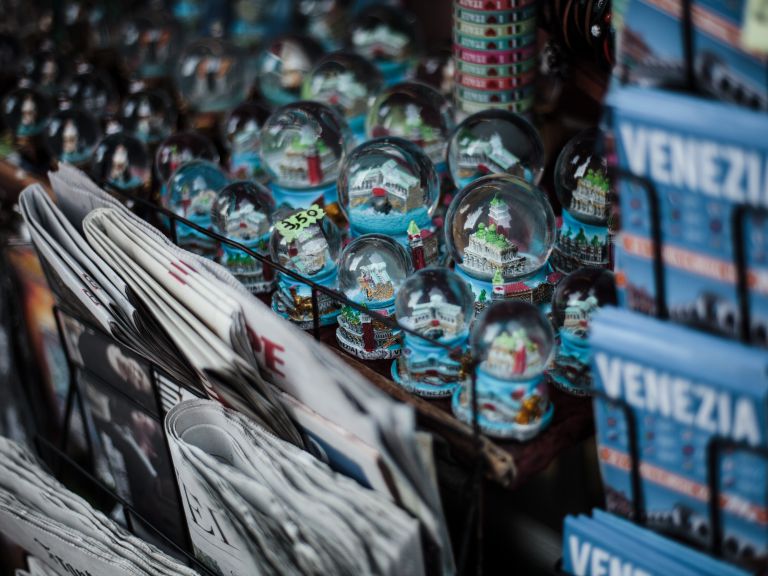Project Detail: Veniceland
Contest:
LuganoPhotoDays 2016
Brand:
LuganoPhotoDays
Author:
Manuel Vignati
Project Info
Veniceland
Veniceland
Tourism and environmental damage in a UNESCO World Heritage city
“We should cut down the number of tourists or Barcelona will be damaged just like Venice”
Ada Colau, Barcelona Major, 2015
Unique in the world, the city of Venice is one of the most visited tourist cities in Europe. Tourism is probably the most viable activity in such a unique place – a city built on a shallow-water lagoon. In effect, tourism provides income to a part of the population.
However, such heavy tourism is
not free from negative – or, even, devastating – effects on the city and for the people who live there.
It has been estimated that over 30 million people visit Venice each year, producing a direct impact on pedestrian areas and canal traffic. In particular, water moved by boat engines is like
a very slow disease for the delicate substructures of the buildings.
In the same way, cruise ships sailing close to the city move very large masses of water, eroding the island edges. (It should be said that it seems cruise ships are the cause of a larger effect on the Lagoon environment. The Lagoon was also already damaged by decades of chemical industries and shipbuilding).
The tourism monoculture has been causing house prices to rise. Local and national authorities have never come up with a way to solve the problems, such as efficient public housing projects.
So, even the Venetian middle class is leaving the city for modern residential areas on the mainland.
Fifty years ago Venice had 150 thousand inhabitants, but now the population is about 55 thousand
– almost the same decrease of population that happened to the city as a consequence of the Black Death in 1348.
Some years ago, a citizens association installed a LED panel in
a shop window, very close to the Rialto Bridge. The panel shows in real time the number of native Venetians surviving the depopulation, at an
alarming rate – Venice loses about 1000 inhabitants per year. Sometimes you can see an old man or woman looking at the panel, maybe wondering if their house sooner or later will become the vacation house of a rich tourist.
In the small alleys of Venice, sometimes these survivors are photographed by tourists looking for the real soul of the city. Maybe, this odd fate is making them feel even more estranged and aban-doned, right in the heart of their own city.














